Using a chance-generator or throwing dice to
escape an early predictable outcome in the
process of improvised line-drawing creates a
paradox.
First it creates a distance or gap between
the artist and the art by introducing an
external medium.
Then, to overcome that distance, part of the
process is formalised.
Detachment corrupts the idea of restricting
expression to line-drawing and formalisation
leads to an increase of control and
therefore predictability.
The protean reflex is a model that resembles
an embodied chance-mechanism that introduces
unpredictability within the medium of
drawing, without using a chance-generator or
dice.
The reflex is triggered by the tension
between the formal and the informal
described above.
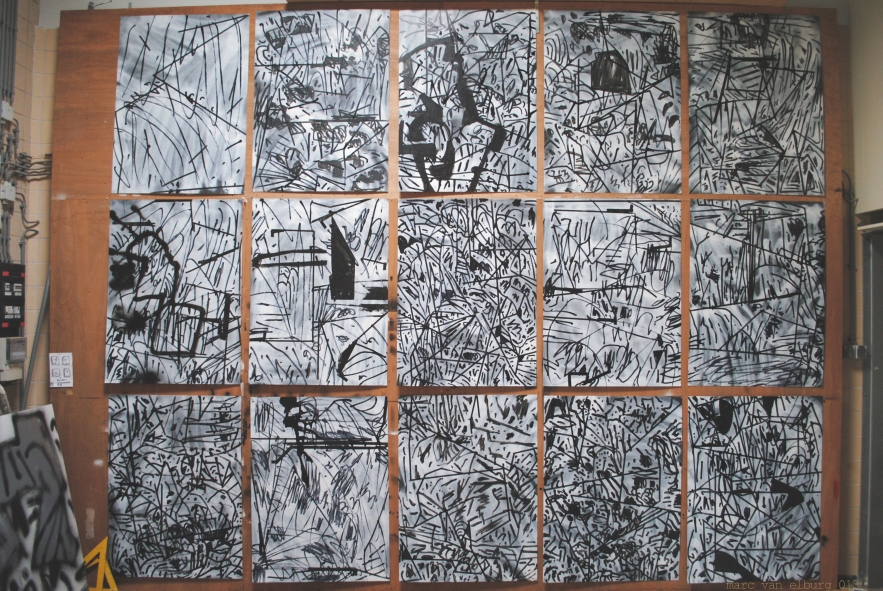
Proteans.
The dynamics of pursuit and evasion are
responsible for the unpredictable behaviour
of single prey animals fleeing from a
predator.
This type of behaviour is called 'Protean
defence'(1).
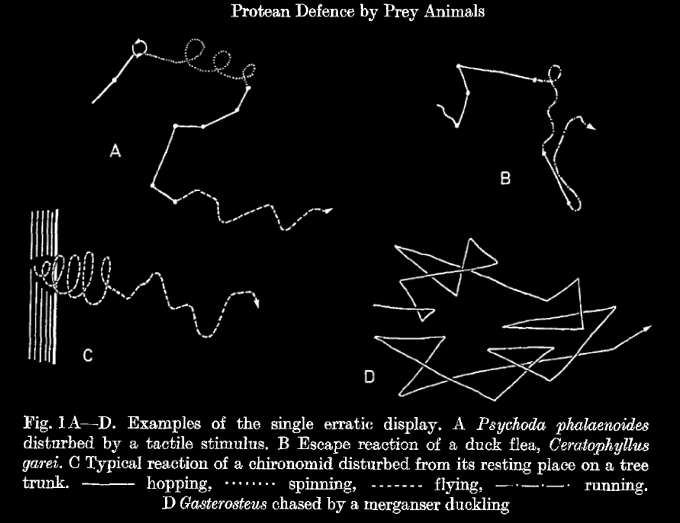
Take for example the erratic zigzagging of a
hare fleeing from a fox.
The motor capacities for generating random
unpredictable behavior of the hare developed
in a co-evolution with the foxes perceptual
capacities for predicting animate motion.
In evolution, the hares that excel at random
behavior have best chances of surviving,
while on the other side, the foxes that are
best at predicting this behavior have best
chances to survive and reproduce.
In this arms race, both qualities develop
towards increasing levels of complexity.
The Protean Reflex,
In the children's game of tag, that involves
one or more players chasing other players in
an attempt to "tag" or touch them,
experience learns that best chances to
escape occur when distance between chaser
and runner is at a minimum.
Experiments have shown that reaction-time to
unexpected stimuli is about 200ms, so within
this range, both players depend on automatic
reflexes, and the player with best reflexes
has best chances to win.
A hare chased by a fox appears to make a
random choice between different reflexes.
I have drawn a model for random choice based
on the dynamics of pursuit and evasion.
The dynamics place the moment of choice
within the 200ms range.
A trigger mechanism is responsible for the
timing.
A trigger is a mechanism you can find on a
lot of electronic music equipment.
It is a switch that is activated when the
volume of a piece of music crosses a certain
threshold.
If this music is replaced with chaotic
noise, the switch will be triggered at an
unpredictable moment.
The model operates as follows;
The dynamics of pursuit and evasion (the
formal zeroing-in on the informal), push
decision time within the 200ms range, so
there is no time for a conscious decision.
This means that all information has become
indistinguishable, in other words;
information has become noise.
Above this noise a trigger mechanism is
operational, so an arbitrary choice is made
at an arbitrary moment.
A model like this does not necessarily
represent an actual functioning machine.
In this case it doesn't need to be because a
model is situated somewhere between idea and
realisation, and this is also the realm
where drawing itself operates.
So in this case it is sufficient for the
model to be logical and convincing to be
effective for the process of drawing.
(1) Humphries, D.A.; Driver, P. M. (1970)
"Protean defence by prey animals",
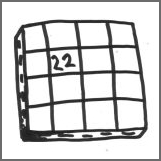
7.the WordPad
Glitch as a
metaphor for
abstract
expressionism
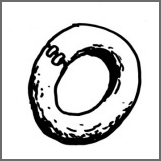
12.The ABC of
creative
self-oscillation
for the
autonomous artist
13.Jack Jack & de
Wandelende Feedback
zines, sounds,
projects, contact
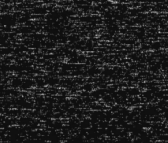
marc van elburg 016